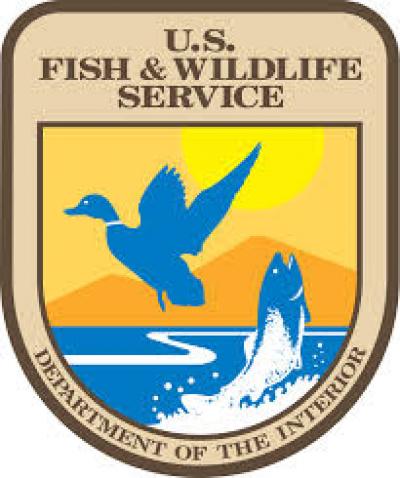Various Adaptation Efforts Are Under Way at Key Natural Resource Management Agencies

Posted by
Rachel GreggPublished
Abstract
Since 2007, the Forest Service, the National Oceanic and Atmospheric Administration (NOAA), the Fish and Wildlife Service, and the National Park Service have taken steps to establish strategic directions for addressing climate change adaptation. For example, the Forest Service developed a strategic framework document that established climate change adaptation as a central agency priority and another document, known as "the roadmap," which identified actions that national forest managers were taking or could take to implement the direction outlined in the framework, including re-vegetating ecosystems that had been affected by fire with plant species that are better adapted to current and future climates. These four agencies have also developed guidance, training, and other tools for managers to use in adapting to climate change. For example, the National Park Service is developing guidance for park-based climate change adaptation plans that includes steps such as identifying conservation targets and conducting vulnerability assessments. The Bureau of Land Management has not established a strategic direction for addressing climate change impacts but is planning to develop a high-level climate change adaptation strategy by the end of the summer 2013. In addition, GAO visited one field location within each agency and found that managers at four of the five locations have taken steps to address climate change adaptation. For example:
- Chugach National Forest managers have begun an assessment of the vulnerability to climate change of key resources to help set priorities and identify adaptation actions. For example, the vulnerability assessment will include information on how changes in climate are likely to affect snow cover and salmon populations, as well as an analysis of how these projected changes may affect residents in the region who rely on snow-based tourism and salmon for their livelihoods.
- Florida Keys National Marine Sanctuary managers are beginning to assess whether parts of their management plan should be revised to address climate change adaptation and have taken actions to protect marine resources, such as coral reefs, from climate change impacts. For example, the sanctuary is collaborating with local stakeholders to develop systems and techniques to grow coral and other reef species for replanting in depleted reef systems.
Managers at the Bureau of Land Management's Kingman Resource Area, which manages its lands for livestock grazing and other uses, have not taken steps to address climate change adaptation and are awaiting agency direction.
The federal natural resource management agencies GAO reviewed are collaborating on climate change adaptation. For example, agencies are collaborating through landscape conservation cooperatives, comprising public and private organizations working to define shared goals and provide science for conservation planning, among other things. In addition, agencies have collaborated in developing national strategies for addressing climate change adaptation in the federal government. For example, the Fish and Wildlife Service, NOAA, and others collaborated on a strategy, released in March 2013, for addressing climate change adaptation in managing fish, wildlife, and plants.




